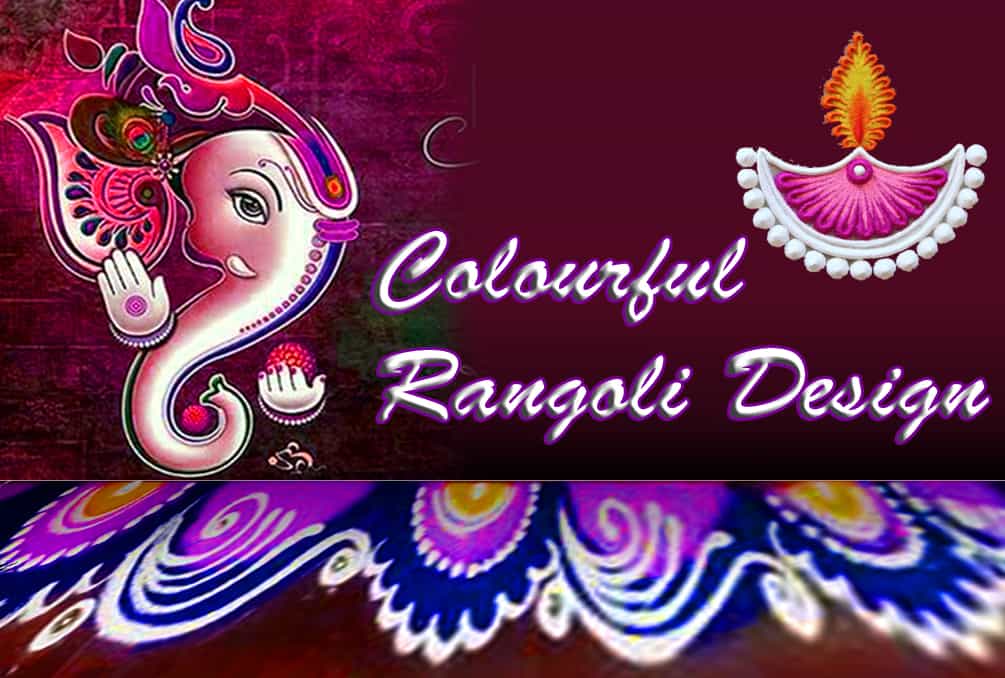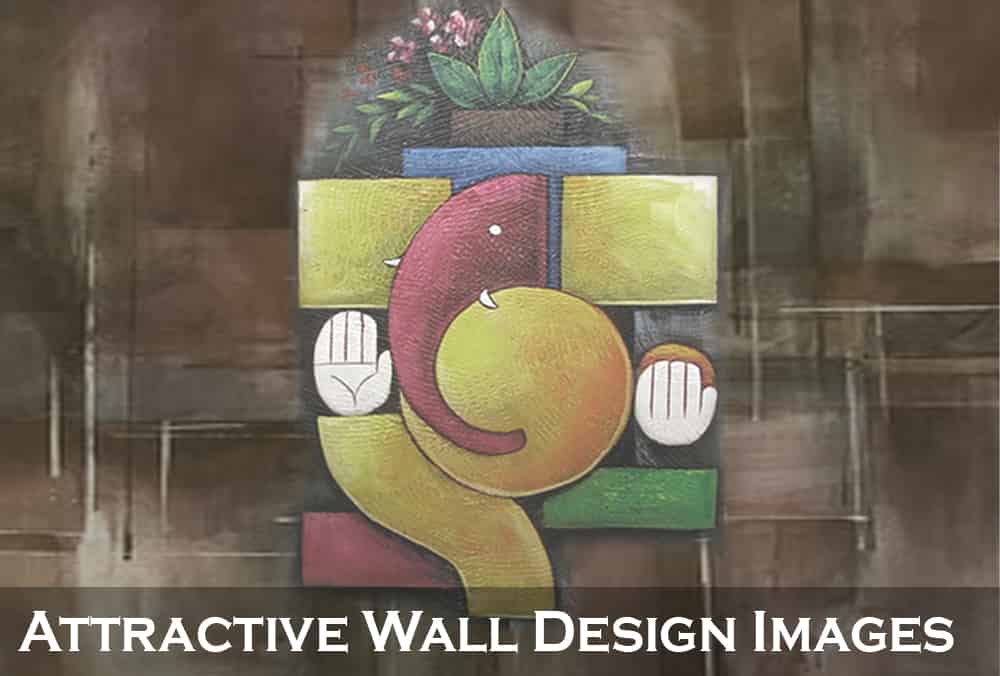Rangoli is an ancient cultural tradition and folk art of India.
“Rangoli” is a decorative artwork made of colorful sand, flour, rice, turmeric-powder, and various natural colors, etc. that is made on the ground in front of the house or in the yard or on the wall of the house, only on the occasion of auspicious festivals like Onam, Diwali, Marriages, Puja, etc. in India.
It is this characteristic that gives it variety and also displays its various dimensions. It is generally made with natural colors on auspicious occasions like festivals, fasts, pujas, festive marriages, etc. It may have simple geometric shapes or figures of deities. Their purpose is decoration and good luck. These are usually made by the women of the house.
Colors have special significance in Indian tradition. It has also been scientifically proven that colors act as a better medicine, especially for mental health. In the Hindu religion, making Rangoli on the courtyard or door is considered very auspicious and it is seen as associated with the happiness and prosperity of the house. Its importance increases even more on the occasion of Diwali. This is the reason that every day from Dussehra to Deepawali, Rangoli is decorated at the door of the houses. But its importance is not only at the decoration or religious level but also at the scientific level.
Today, in some rural areas of India, the walls of the house are decorated with rangoli figures. But in modern India, Rangoli has remained limited to festivals.
History of Rangoli
History Rangoli also has the name Alpana. In Mohenjodaro and Harappa also traces of Mandi Alpana are found. Alpana is sixty-four arts mentioned in Vatsyayana's Kamasutra. This is ancient folk art. In relation to its origin, it is generally known that the word 'Alpana' is derived from the Sanskrit word 'Olympane', which means to coat. In ancient times people believed that these artistic paintings are able to keep the cities and villages full of wealth and wealth and keep wealth safe with their magical effects. From this point of view, Alpana art was practiced on religious and social occasions. Many of the fasts or pujas in which Alpana is given date back to the era of the Aryans. Anand Kumar Swami, who is called the Pandit of Indian art, is of the opinion that the modern folk art of Bengal is directly related to the art of Mohenjodaro 5000 years ago. According to Gurusahay Dutt, the founder of the Vratachari movement and a scholar of Bengali folk art and culture, the lotus flower that Bengali women make in the middle of their Alpana is a replica of the lotus flower of the Mohenjodaro period. Some other scholars are of the opinion that the Alpana has come into our culture from the Austric people, such as the Munda race, who were living in this country for many years before the arrival of the Aryans. According to him, the folk art of ancient and traditional Bangla has been going on since the agricultural era. The people of that time believed in some gods and goddesses and some magical effects, the practice of which would yield good harvests and the spirits would run away. Taking inspiration from these traditional writings of Alpana, Ravindranath Tagore made this art an essential subject along with other painting subjects at Kala Bhavan in Shantiniketan.
Importance of rangoli
Rangoli is made in every festival in Indian culture, the different colors used have different significance. The importance of Rangoli is related to happiness and prosperity in the house. Rangolis are made in different ways and are of many different shapes, such as bangle-shaped rangolis, rangolis of deities, etc.
Rangoli names
This ornamental art is known by different names in different provinces of the country. Known as Chowk Purna in Uttar Pradesh and Bihar, Mandana in Rajasthan, Alpana in Bengal, Rangoli in Maharashtra, Rangavalli in Karnataka, Kollam in Tamil Nadu, Aipan in Uttaranchal, Mugu or Muggulu in Andhra Pradesh, and Kolam in Kerala.
Five Benefits of making Rangoli
1. Rangoli making is an art and people who are fond of art make it out of a hobby. In such a situation, the first big advantage of making Rangoli is that you feel very positive while making it. This process removes your stress.
2. While making Rangoli, finger, and thumb together form Gyanmudra, which makes the brain energetic and active as well as plays an important role in intellectual development.
3. This mudra is very effective for your health, even for acupressure. It protects you from high blood pressure and provides peace of mind and soul.
4. The positive effect of colors has been recognized by science and various medical systems. When you come in contact with colors, the energy emitted by them affects you, making it possible to cure a variety of mental and physical problems.
5. Rangoli made with different colors and flowers infuses positive energy in your home and the surrounding environment, which makes the mind happy and the atmosphere positive.
Through this post, I want to show you the designs of Rangoli so that you can decorate the courtyard and wall of your house on the occasion of various festivals.







Post a Comment
1 Comments
Beautiful Post
ReplyDelete